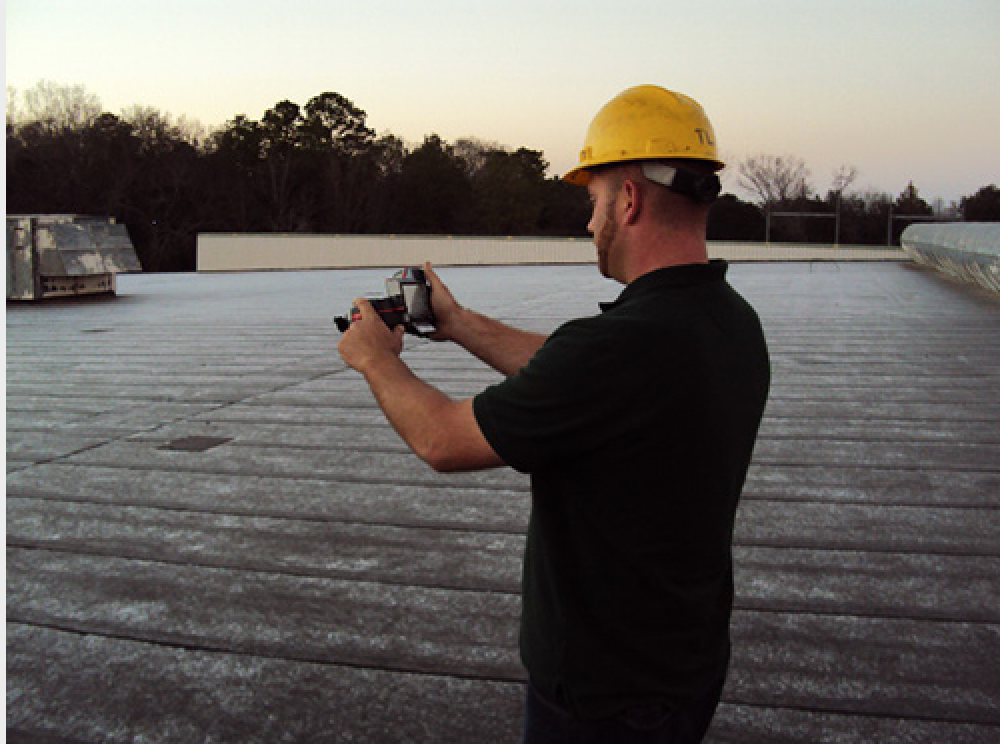Infrared devices detect a different wavelength than a normal camera or the naked eye, viewing the world through heat rather than light. The image from an infrared camera can show warm objects in a lighter color where cold objects will appear darker. So, how can infrared devices be beneficial for commercial roofing? Here are some thoughts to consider.
Using Infrared for Roof Surveys
Infrared cameras have been used in roofing since the 1970s as an inexpensive and nondestructive way to detect moisture within the underlying insulation. Wet areas reflect and retain heat differently than dry parts of a roof. By using an infrared camera, roofers can “see” where wet patches are, without penetrating the roof system.
4 Types of Infrared Roof Surveys
There are four different ways to use infrared cameras to detect roof moisture:
- Rooftop moisture survey: Usually roofers will conduct an infrared moisture survey by walking on top of the roof. Aside from obvious tears and sealing problems, a qualified roofer will know how to examine for hidden sources of moisture.
- Under-roof moisture survey: Sometimes, roofers will want to use infrared to examine a roof from the inside. This method can help find moisture that has penetrated the roof surface and is trapped inside the building envelope. Certain metal roofs won’t retain moisture on the surface and will require an under-roof moisture survey.
- Elevated roof moisture survey: By moving above the roof to capture infrared images, roofers can get a look at a larger portion of the roof’s surface. This gives a better picture of the scope of the water damage and can also help find wet areas that would be hard to see close up.
- Aerial roof moisture survey: This is the most accurate and efficient type of roof survey. Using an aircraft or a drone, roofers can get an image the entire roof to detect slight differences in temperatures that indicate moisture build up.
Generally, Infrared surveys are followed by test cores to confirm actual moisture infiltration and gather further details of the effects. With the large investment in roof insulation on modern roofs, non-destructive moisture detection surveys, like Infrared, are more important than ever.
To hear more about how an infrared moisture survey can save your roof from long-term damage, contact us today.

